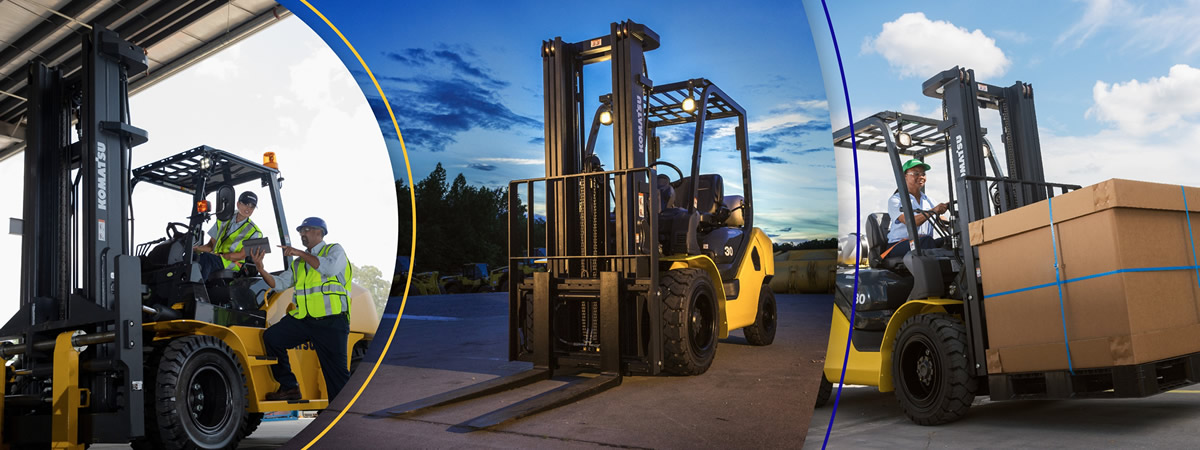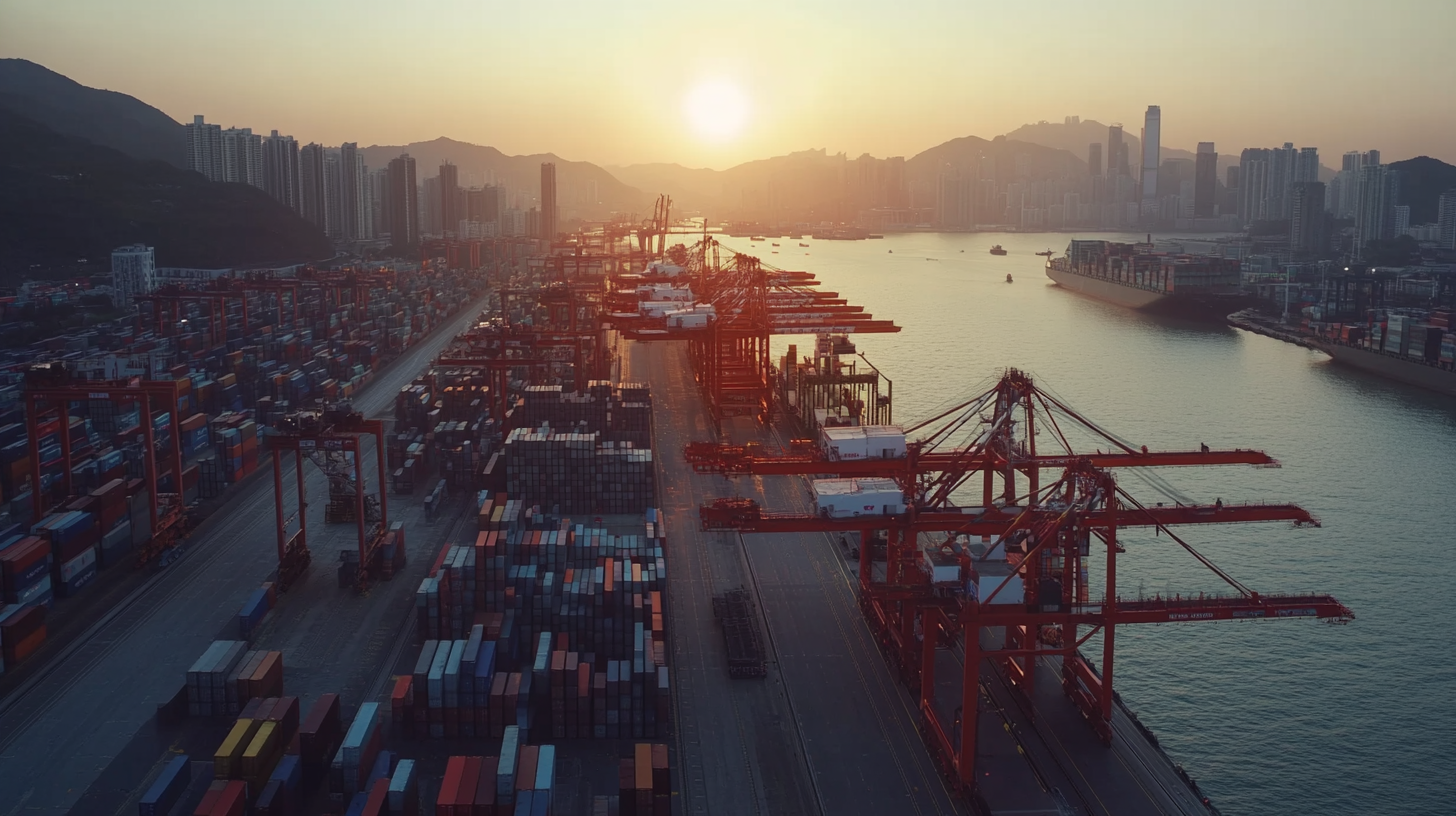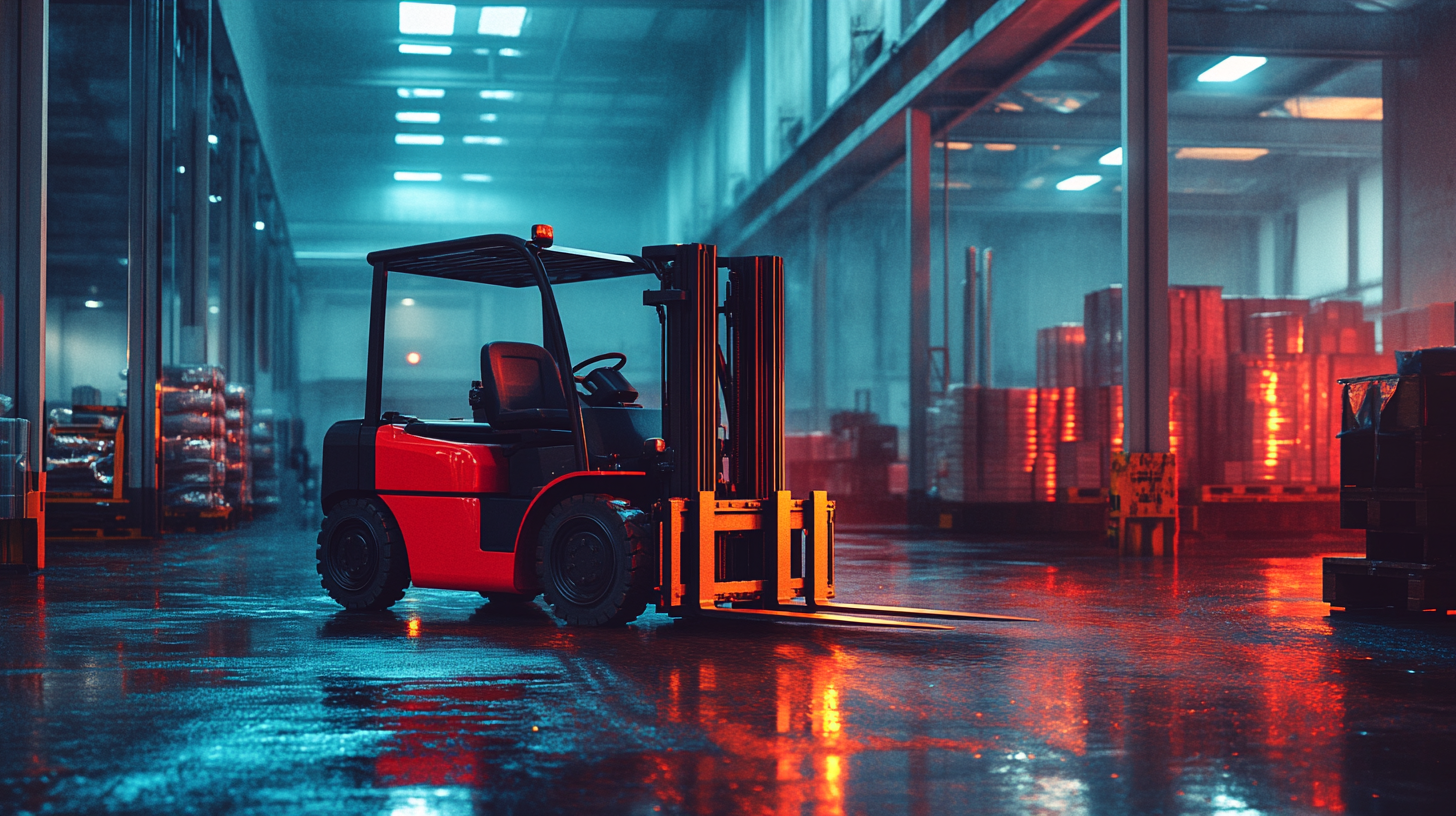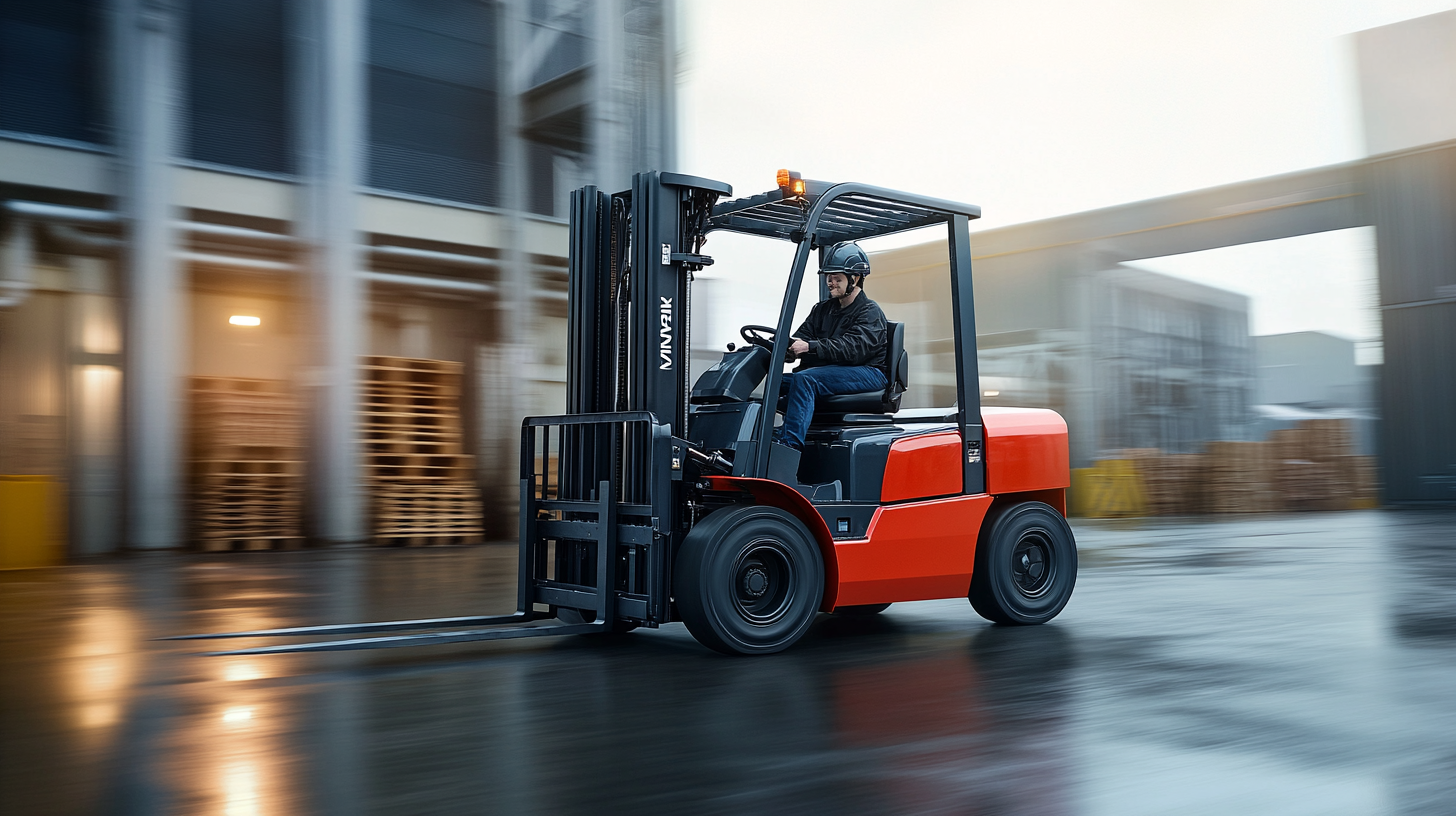
Global supply chains are labyrinths where efficiency and reliability reign supreme. Forklift parts come into play in making sure that these essential machines are working at their best. A well-maintained forklift can assure smooth handling and transportation of materials, greatly affecting the productivity of warehouses, distribution centers, and manufacturing plants. The better the quality of the forklift parts, the longer the machinery lasts, the less costly it is to maintain, and the better it performs. This, therefore, emphasizes an investment in good components for a smooth-running supply chain across the globe.
As companies are leaning increasingly on automated solutions in their quest to maximize efficiencies, the demand for rugged and high-quality forklift parts is increasing. Inferior components can bring about failures of equipment that cause downtime, leading to expensive disruptions in an otherwise smooth-running supply chain. For that reason, a company needs to understand quality forklift parts and how they sustain operations if it wants to remain competitive in a fast-paced market. This blog will consider the essential qualities of quality forklift parts and their consequential implications on the efficiency and resiliency of global supply chains.

In the fast-paced global supply chains of today, the operating efficiencies depend heavily on the quality of forklift parts. These parts help in keeping a forklift's performance and reliability intact and play a central role in the movement of goods within warehouses and distribution centers. Good forklift parts will, therefore, bring the chances of failure down to a minimum, reduce production downtime, and ensure that important operations go on without disturbance. When a forklift operates well and reliably, companies can always meet tight deadlines and demand quickly to market changes, which adds to the supply chain's overall efficiency. Quality forklift parts are a factor donating their effectiveness to safety. Poor parts cause accidents and even malfunctions, thus compromising the health of the employees as well as the goods being moved around. Premium parts investment would guarantee that they are doing something to satisfy safety standards at the same time creating a safer working environment. Thus, it protects valuable assets and also makes the supply chain as a whole more trustworthy and resilient against interruption. In addition, quality parts lead to lower costs in the long run. They have a higher initial cost, but reliable components tend to last longer without requiring replacement or maintenance. Thus they will cost less for operation over time. Quality, therefore, means more than just immediate reliability; it is a strategic investment in the future efficiency and reliability of the entire supply chain.

The reliability of forklift components ensures operational efficiency in the fast-paced environment of global supply chains. The better the quality of forklift parts, the less unexpected breakdowns and delays will occur for the business. Such reliability affects the flow of goods, ensuring that products are smoothly transferred from manufacturers to consumers.
Operational downtime is costly in revenue lost, but those costs extend to missed opportunities and decreased satisfaction among customers. By ensuring high quality in forklift parts, businesses can greatly reduce incidences of equipment malfunction. Quality components endure heavy operational demand, leading to minimal repairs and less time spent on maintenance. This, of course, is an especially important factor in sustaining productivity, allowing workers to focus on their principal functions rather than spend time on unreliable machinery.
Equally important, the integration of reliable forklift components into the supply chain encourages a proactive maintenance culture. With dependable components, operators are better able to adhere to their scheduled maintenance, extending the life of their forklifts. This strategy not only guarantees operational continuity but also aligns with sustainability initiatives aimed at reducing waste from constant repairs and replacements.

Logistics operations are highly reliant on the operational effectiveness of the equipment, namely forks. A report by the Material Handling Industry of America estimates that companies lose as much as 30% of their operational efficacy through the use of cheap forklift parts. This inefficiency is manifested through increased operational costs that directly cut into profits. The operation of equipment with defective parts causes breakdown after breakdown, with increasing costs of maintenance and prolonged repair times; therefore, understanding the financial impact of such decisions becomes crucial for any company.
In the short run, one may think that using low-quality forklift parts saves cost, but industry research shows that such savings quickly disappear when considering the downtime and safety hazards involved. Forklifts not adequately maintained, largely due to the use of poor-quality parts, have been a major contributor to a high accident rate in the workplace, leading to increased insurance premiums and possible legal liabilities, according to OSHA. For instance, the National Safety Council has estimated the burden of workplace injuries at about $155 billion per year, with a portion of that cost clearly attributed to equipment failures.
In some cases, costly forklift parts are an investment upfront, while the savings later on are enormous. Quality parts often come with warranties and a low failure rate, thus diminishing the frequency and expense of repairs. According to the report by Dematic Supply Chain, organizations focusing on high-quality maintenance and parts have realized an up to 50% decrease in repair costs. Investment in good-quality parts safeguards the maintenance and productivity of the forklift, hence ensuring a cost-efficient and easy flow of supply chain operations.

Pivotal parts maintenance must be ensured for proper supply chain functioning within forklift. Current statistics indicated that almost around 80% chain disruptions face problems caused by the equipment failure. Of these, forklift failure lies under maintenance, contributing toward unnecessary costs and delay in operation. If a company employs a pro-active maintenance strategy, then these risks become minimized as forklifts remain operational and efficient.
Data for the analysis of forklift maintenance practices demonstrates that: through regular inspections and timely replacements of worn-out parts, it extends the time into which it serves. Companies that invest in quality forklift parts notice a drastic drop in recorded down time as much as 25% less than those developing and using sub-standard components. This enhances reliance on forklift usage and overall safety when working, thus minimizing accidents due to equipment failure.
Maintenance of forklift technology must never go neglected. Advanced systems enable usage tracking and performance metrics monitoring so that issues are identified before escalation. Thus, by empowering an organization with datastics, its improvements optimize maintenance schedules and amplify the agility of the supply chain, resulting in better productivity and customer satisfaction.
These qualities make the forklift parts necessary in today's quickly shifting global supply chains. Industries, striving to be operationally efficacious and reliable, have seen the droughtraise of superior quality forklift parts that withstand even the rigorous usages. Future trends-increased durability and innovative material incorporation, thus improving lifespan and performance of forklift parts-reduce downtime and costs of maintenance, thus making it arguably the greatest investment most businesses would make as they streamline the logistics processes within their organizations.
The addition of smart technologies to forklift parts is yet another big breakthrough in supply chain management. Real-time monitoring and predictive maintenance through advanced sensors and IoT-enabled components become increasingly possible. These innovations will not only enhance operational visibility but also improve decision-making capability, thus empowering organizations to optimize their inventory management and logistics strategies. The high-quality sourcing of forklift parts will prove a very important aspect to an increasingly technology-consumed world, making the lifeline of supply chains robust enough to compete internationally.
Besides, sustainability is becoming very relevant as regards the manufacturing and production of forklift parts. Almost every other company is focusing on environmentally friendly materials, environmentally friendly processes, and looking at being green and clean, which generally add to the international scope of being environmentally friendly and reducing carbon footprints. So it becomes a compulsory compliance requirement, but more than that, it is something the market operations around, as even customers are more inclined towards sustainable practices. So the move into the future will increasingly call for environmentally responsible forklift parts, thus again transforming procurement strategies and the whole supply chain.
Content © 2025 Komatsu. All Rights Reserved
